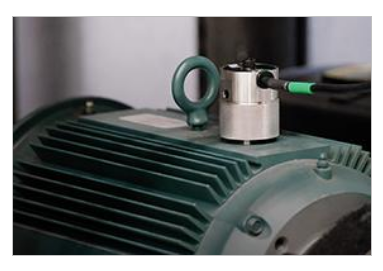Welcome to Sino Bearings web
24x7 HOTLINE:+86-28-81454188

 TECHNOLOGY
TECHNOLOGY
Continuous condition monitoring systems, typically remotely accessible, provide continuous updates on asset health. The technology accomplishes much more than simply sending alerts to warn of imminent failure, however. Properly executed, continuous condition monitoring can be used to support predictive maintenance, improve maintenance procedures, diagnose the root causes of problems and increase overall asset reliability in the long term.
What Is The Difference Between Traditional & Continuous Monitoring?
Traditional equipment monitoring approaches such as manual route-based readings can warn maintenance and operations management of existing defects. The problem is that manual readings only provide an instantaneous snapshot of asset health. The defect could worsen immediately after the reading or a new issue could emerge, neither one of which would be detected before the next reading or the asset undergoes catastrophic failure, whichever happens first.
Continuous condition monitoring systems provide the solution for these problems and many more issues:
1.Granular Insights
Key condition-monitoring modalities include vibration analysis, temperature analysis and current monitoring. When properly analysed, this data can provide surprisingly granular insights about the asset, enabling the team to make strategic decisions about operations and repairs.
2.Catching Bearing Defects
Bearing defects are among the most common causes of failure in rotating assets. Root causes include lack of or improper lubrication, electrical damage, improper installation and brinelling. Vibration data, in particular, can provide detailed information about bearing issues, making it easy to distinguish between bearing-cage defects, lubricant breakdown and cracks in the races. [For rotating assets, catch common defects such as misalignment, imbalance, looseness and bearing defects by continually monitoring vibration data.
3.Preventing Unscheduled Downtime
Unscheduled downtime, whether invoked in response to an early fault or a catastrophic failure, can have similar effects on productivity. This is where continuous condition monitoring can really make a difference. The monitoring system can be configured to take readings on the troubled asset 24/7, sending email alerts any time vibration or temperature or readings exceed pre-set thresholds.
Maintenance and operations alike can continue running the equipment as long as it is safe, in the meantime ordering parts and scheduling a repair at a convenient time. Forecasting maintenance in advance ultimately saves costs through better labour planning and procuring components in advance.
4.Identifying Causes Of Failure
A key aspect of maintenance is to identify causes of failure with the goal of preventing them in future. The forensic analysis required for this task begins with data. Temperature and vibration readings on the device need to be available with sufficient quantity and time resolution to be correlated with external events. Continuous condition monitoring provides timestamp output available to multiple parties simultaneously with proper permissions.Identify root causes of problems.
By correlating the emergence of a defect signature in vibration or temperature data with production and maintenance operations, reliability experts can identify root causes of failure. Whether the issue is lubrication breakdown, over tightening a belt, misalignment of a replacement shaft or running a machine beyond design specs, continuous granular data provides level of detail necessary in most cases to identify cause.
Even better, vibration analysis can be performed after the repair to ensure that the replacement components are properly installed and aligned.Uncover secondary system failures
5.Interdependent Systems
Modern automation systems are highly interdependent, not just at the motion level but at the level of supporting subsystems. Consider a bearing issue identified by a continuous condition monitoring system. The flaw might be caused just as easily by a problem with the automatically lubrication system as by the presence of a bearing race defect. By analysing continuous temperature and vibration data, the reliability technician was able to identify the vibration signature of lubrication.